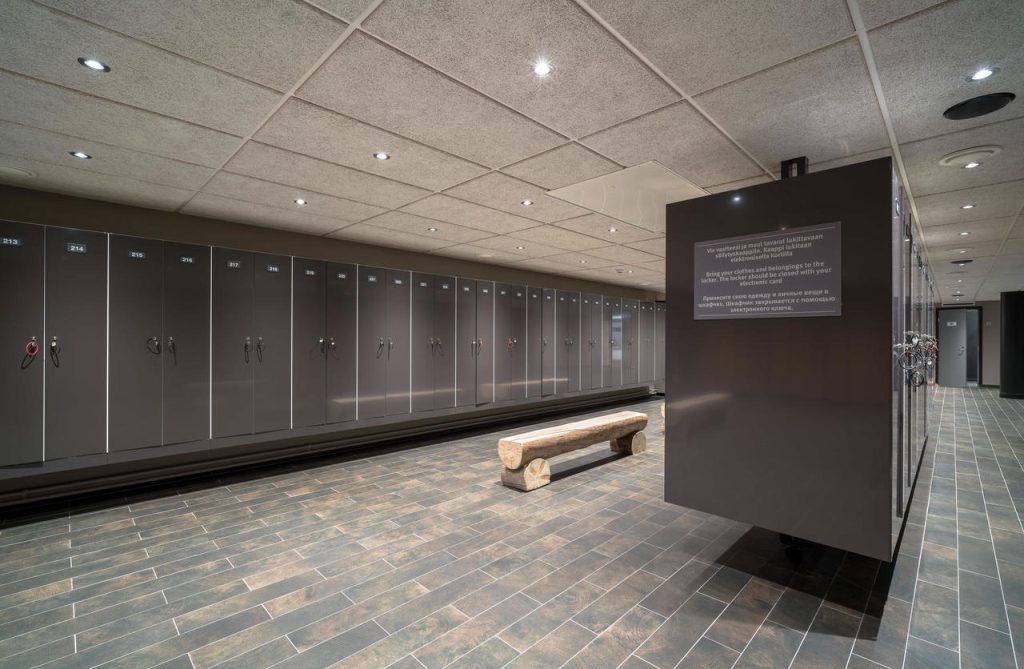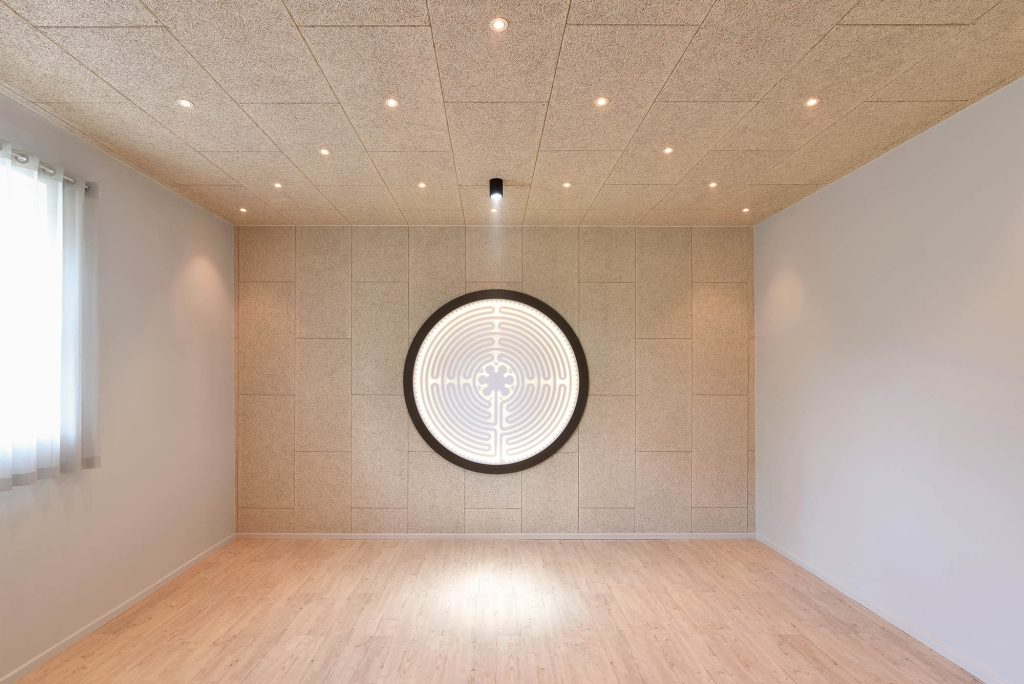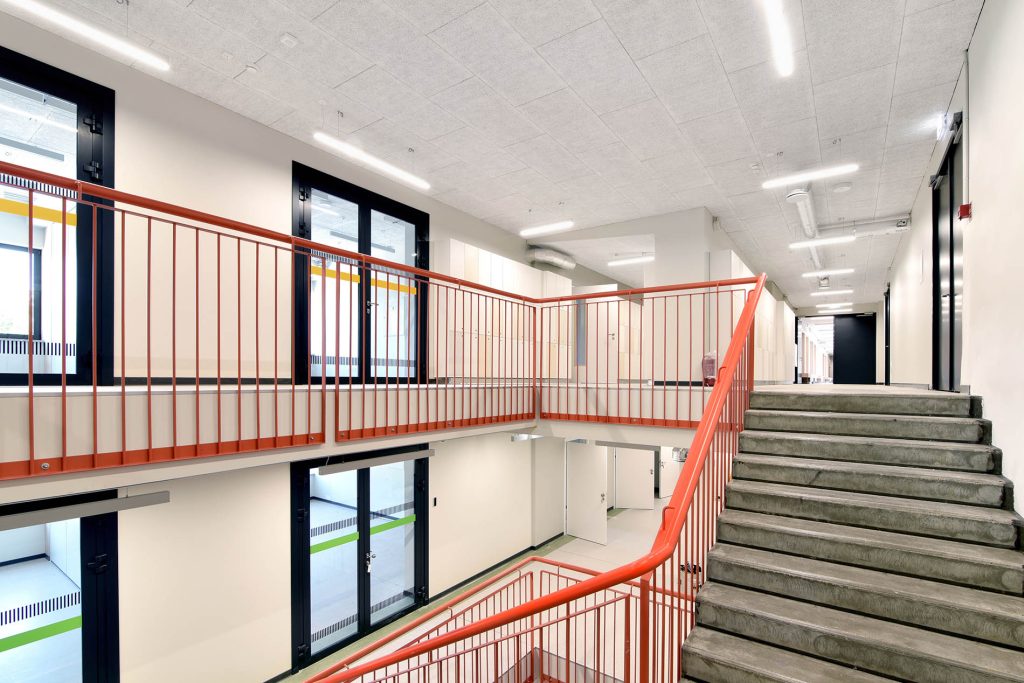Enhancing Spaces with CEWOOD Wood Wool Panels

Wood wool panels, crafted from wood and cement, have emerged as a versatile and sustainable solution for interior and exterior design applications. These panels not only provide a unique aesthetic appeal but also contribute to a healthier environment. In both private residences and public spaces, the integration of wood wool panels has become a popular choice, striking a balance between functionality, aesthetics, and eco-friendliness.
The Composition of Wood Wool Panels
Wood wool panels are 100 percent natural material made of the highest quality wood and cement. The combination of these materials results in a sturdy yet flexible panel that offers both acoustic and thermal insulation properties.
Aesthetic Appeal in Private Spaces
Wood wool panels bring a touch of nature indoors, creating warm and inviting spaces. Whether used as wall coverings or ceiling panels, their textured surface adds depth and character to residential interiors. The natural color variations of wood fibers contribute to a sense of authenticity, making each panel a unique piece of art.
Homeowners and interior designers appreciate the versatility of wood wool panels. They can be easily customized in terms of size, shape, and finish, allowing for endless design possibilities.
In private spaces like living rooms, bedrooms, and home offices, the acoustic properties of wood wool panels play a crucial role. The porous nature of the wood fibers effectively absorbs sound, reducing echoes and creating a more comfortable and serene environment.
Practical Applications in Public Spaces
Modern office spaces often prioritize open layouts and collaborative environments. Wood wool panels contribute to these designs by providing acoustic solutions for reducing noise levels. Additionally, their visual appeal can enhance the overall aesthetics of workspaces, promoting a positive and productive atmosphere.
The eco-friendly nature of wood wool panels aligns with the growing demand for sustainable building materials. Commercial establishments, such as restaurants, hotels, and retail spaces, can benefit from the panels’ durability and ability to create a unique ambiance. Incorporating these panels also reflects a commitment to environmentally conscious design practices.
Conclusion
Wood wool panels have transcended their humble origins to become an integral element in contemporary design. The marriage of shredded wood fibers and cement has given birth to a material that not only satisfies aesthetic preferences but also addresses practical concerns in both private and public spaces. As the world embraces sustainable and innovative design solutions, wood wool panels stand as a testament to the harmonious blend of nature and architecture. Whether enhancing the coziness of a living room or transforming the ambiance of a bustling commercial space, wood wool panels continue to carve out a niche as a sustainable and stylish design choice.

